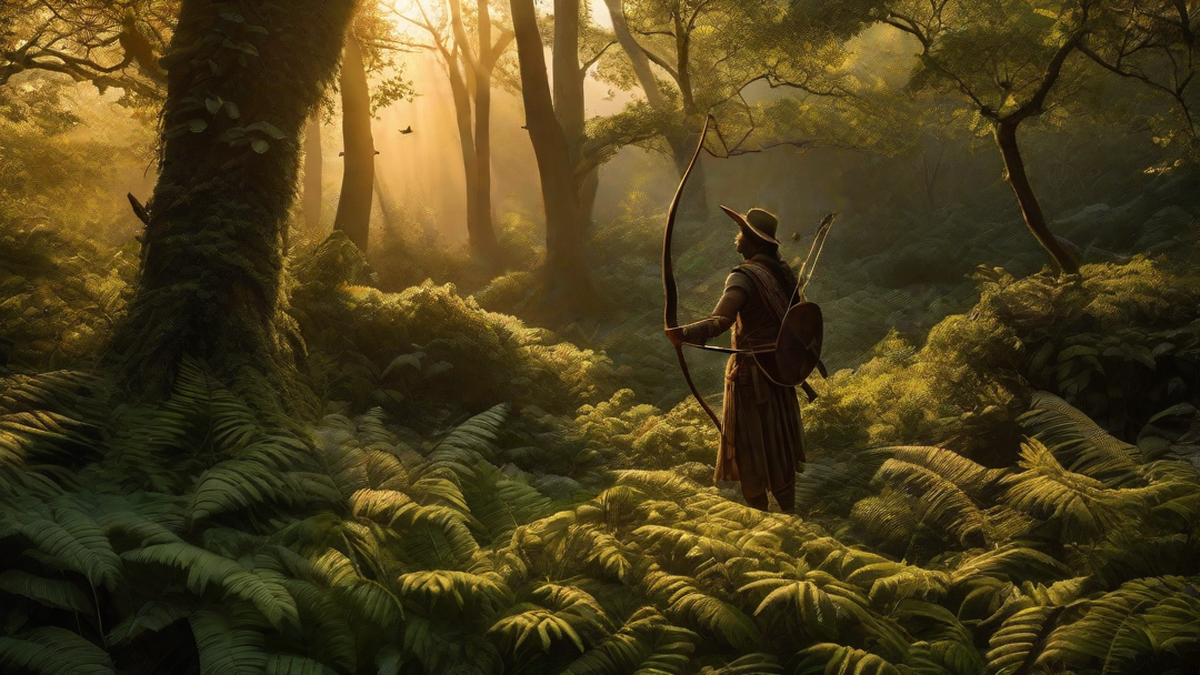As a passionate hunter, I can say that there’s something truly exhilarating about bow hunting. The silence, the precision, and the close encounters with nature make it a unique and rewarding experience. If you’ve ever considered giving bow hunting a try, I’m here to guide you through the process of getting started. Strap on your boots, grab your bow, and let’s dive into the world of bow hunting!
Understanding the Basics
Before you can embark on your bow hunting journey, it’s essential to familiarize yourself with the fundamental concepts and gear. Here are a few key points to get you started:
- Choose the Right Bow: The first step is finding a bow that suits your needs and skill level. Recurve bows and compound bows are the most common options for bow hunting. Research different models, visit a local archery shop, and seek expert advice to find the perfect fit.
- Master Archery Skills: Archery skills are crucial for successful bow hunting. Take your time to practice and develop your aim, accuracy, and consistency. Join an archery club or find a mentor who can guide you through the learning process.
- Learn Hunting Regulations: Each state or region has specific rules and regulations regarding bow hunting. Familiarize yourself with these laws, including licensing requirements, seasons, bag limits, and any restricted areas. It’s vital to hunt legally and ethically.
- Invest in Quality Gear: Apart from your bow, there are several essential items you’ll need for bow hunting. These include broadheads, arrows, a quiver, a release aid, camouflage clothing, scent control products, binoculars, and a reliable backpack to carry your gear.
Scouting and Locating Game
Successful bow hunting starts with finding the right hunting grounds and identifying areas where game is abundant. Here’s how you can increase your chances of a successful hunt:
- Scout the Area: Spend time scouting potential hunting locations. Look for signs of animal activity such as tracks, droppings, rubs, and scrapes. Utilize trail cameras to monitor game movement and identify high-traffic areas.
- Understand Animal Behavior: Study the behavior, feeding patterns, and habitats of the animals you intend to hunt. This knowledge will help you predict their movements and position yourself in the right place at the right time.
- Practice Stealth and Concealment: Bow hunting requires getting within close range of your target. Learn to move silently and blend into your surroundings. Wear camouflage clothing that matches the environment and use scent control techniques to minimize your scent.
Effective Shot Placement
One of the most critical aspects of bow hunting is ensuring an ethical and humane kill. Achieving a clean and efficient shot placement is key. Here are some tips:
- Target Vital Organs: Aim for the vital organs, including the heart and lungs, to ensure a quick and ethical kill. Avoid shooting at bone or muscle, as arrows may deflect or fail to penetrate effectively.
- Practice Shooting Angles: Animals rarely present a perfect broadside shot. Practice shooting from different angles, including quartering-away and quartering-towards positions. Understand the anatomy of your target species and adjust your shot accordingly.
- Wait for the Right Moment: Patience is crucial in bow hunting. Take your time, observe your target, and wait for the perfect opportunity to take your shot. Rushing a shot can lead to poor accuracy and unnecessary suffering for the animal.
Tracking and Recovery
After taking a shot, tracking and recovering your harvested animal can be an exciting yet challenging task. Here’s what you need to know:
- Read Blood Trails: Upon impact, animals will often leave a blood trail. Learn how to read these trails, including differentiating between low-impact and high-impact shots. Look for signs of blood, hair, and tracks to help track your wounded game.
- Handle Game Ethically: Once you’ve located your game, it’s essential to handle it with respect and care. Field dress the animal promptly, ensuring proper cooling and hygiene. Make use of all edible parts, and dispose of remains responsibly.
Embarking on a bow hunting journey is an incredible experience that requires practice, patience, and respect for nature. As you progress, remember to always prioritize safety, follow hunting regulations, and continuously strive to improve your archery skills. Enjoy the thrill of the hunt, and may your arrows always find their mark!
Happy hunting!


